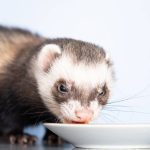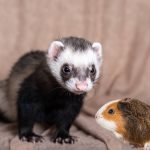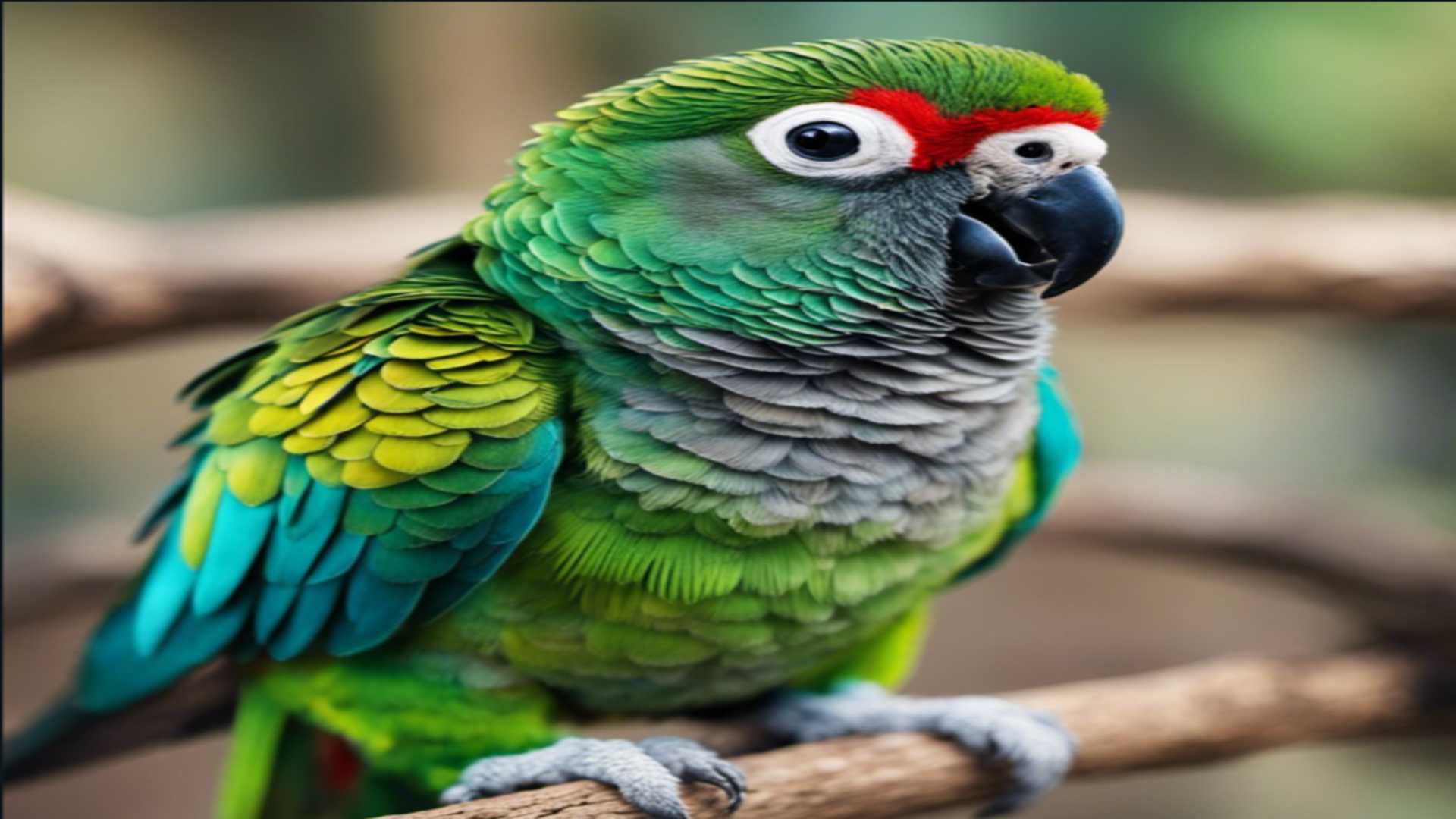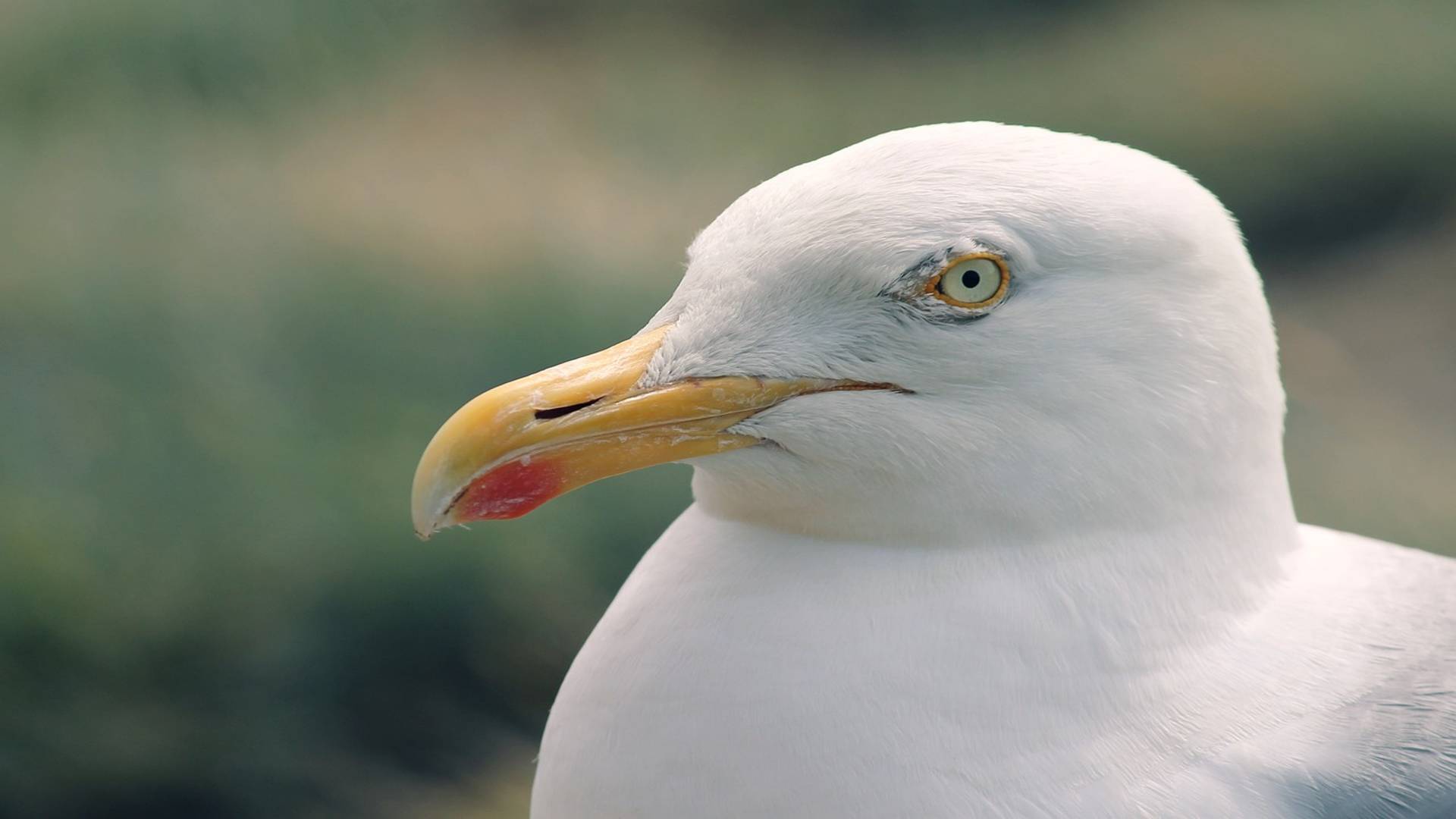If you have a cockatiel as a pet, you may have noticed that they are always dusty, so you might have wondered why cockatiels are so dusty.
Here’s what I found out:
As a whole, cockatiel produces dust to remove any dirt, grime, or parasites that may be on their feathers as well as It helps to keep their feathers healthy.
It can even get in your hair if you’re not careful. That’s why it’s essential to keep your cockatiel’s cage clean and free of dust. Otherwise, you’ll have a dusty bird and a dusty house!
But don’t worry; there are a few things you can do to help reduce the amount of dust your cockatiel produces.
In this article, we will explore why cockatiels are so dusty and provide some tips on how to reduce the amount of dust in your home.
Let’s get started!
Why do cockatiels have so much dust?
Cockatiels have a lot of dust because they are constantly preening their feathers. When they preen, they release oils from their feathers which help to keep them waterproof.
The excess oil and dirt get deposited on the ground as dust. Cockatiels also like to bathe in dusty areas, which further contributes to dust accumulation on their bodies.
Dust from any bird, including cockatiels, can be harmful if inhaled. The dust particles are small enough to enter the lungs and cause irritation.
In addition, the dust may contain bacteria or other microorganisms that can cause respiratory infections. Cockatiel owners should avoid inhaling the dust from their birds’ feathers.
It is also essential to clean the birdcage regularly to minimize the amount of dust in the air.
But why do cockatiels produce so much dust in the first place?
The answer lies in the structure of their feathers.
Cockatiels have two types of feathers: down feathers and contour feathers.
Down feathers are soft and fluffy, and they make up the majority of the feathers on a cockatiel’s body.
Contour feathers are the larger outer feathers that give the bird its shape.
Both types of feathers have a small, hollow shaft containing blood vessels and nerves.
The shaft is covered in a thin layer of keratin, which gives feathers their hard, protective outer layer.
Beneath the keratin layer is a thin layer of down.
The down comprises tiny, soft feathers that help insulate the bird’s body and keep it warm.
The down feathers also make a cockatiel’s plumage look soft and fluffy.
Now, you might be wondering how all this dust is produced.
It all has to do with the molting process.
Birds molt or shed their feathers regularly.
Molting is a natural process that helps the bird get rid of old, damaged feathers and grow new, healthy ones.
During the molting process, the bird’s body produces a new feather shaft, which pushes the old feather out.
As the old feather is pushed out, it rubs against the down feathers, causing them to release dust into the air.
This is why you’ll often see your cockatiel vigorously preening during molting season.
Preening helps to remove the old feathers and keep the down feathers clean and dust-free.
In fact, this is one of the reasons why in my opinion, you should avoid sleeping with any bird. Check out my recent article, where I explain this in more detail.
How to reduce cockatiel dust?
Now that you know why cockatiels are so dusty, let’s look at ways to reduce the amount of dust in your home.
There are a few simple things you can do to help keep the dust down:
- Bath your cockatiel daily.
- Clean the birdcage regularly.
- Keep your cockatiel well-groomed.
- Use a dust air filter.
Air filters can help to reduce the amount of dust in your home by trapping the dust particles in the filter.
By following these tips, you can help to reduce the amount of dust in your home and create a healthier environment for your cockatiel, even though they will always be a bit dusty because it is part of their nature.
Is cockatiel dust harmful?
Cockatiels produce dander and dust as they groom themselves, which can be spread around the room. While this dust is not known to be harmful to people or pets, if you have allergies, it could trigger a reaction.
It is recommended that cockatiels are kept in an area away from the main living space to reduce the dust created. Regular cleaning and vacuuming should also be done to keep the air quality in your home as healthy as possible.
Note: If you are not allergic to cockatiel dust and do not have an existing infection, then there is likely no harm in being around it.
However, if you are unsure whether you are allergic or have an existing infection, it is best to avoid exposure altogether.
How bad is cockatiel dust?
Cockatiel dust is not bad per se, but it can cause respiratory problems in people who are sensitive to it. It’s best to avoid breathing it in if you can and to make sure to clean your bird’s cage regularly.
That’s because cockatiel dust is very fine and Powdery, and the Inhalation of dust can cause respiratory problems in humans, especially if you have allergies or asthma. The good news is that cockatiels are not as dusty as other birds, such as parakeets.
Also, as mentioned earlier, regular bathing helps to reduce the amount of dust produced by a cockatiel.
If you have a cockatiel, it’s essential to keep the area around its cage clean and free of dust.
You may also consider wearing a dust mask when cleaning the cage or area around it. Cockatiel dust may not be dangerous for most people, but it can be a nuisance for others.
How to get rid of cockatiel dust?
Conventional wisdom would have you believe that the best way to get rid of cockatiel dust is to use a vacuum cleaner. But did you know that there are several other ways to get rid of this pesky problem?
Here are four alternative methods for getting rid of cockatiel dust:
1. Use a lint roller. This is one of the quickest and easiest ways to eliminate cockatiel dust. Simply roll the lint roller over your furniture, curtains, or surfaces where cockatiel dust has collected.
2. Wipe down surfaces with a damp cloth. This will pick up any trapped dust and keep your surfaces clean simultaneously. Just be sure to dry the cloth well before wiping down surfaces, as you don’t want to leave any water behind.
3. Wash your curtains. If your curtains look dusty, throw them in the washing machine on a gentle cycle. This will help remove any trapped dust and leave them fresh and new.
4. Vacuum with a HEPA filter. If you decide to vacuum, make sure to use a vacuum cleaner with a HEPA filter. This will help to trap any dust particles so they don’t end up back in the air.
So, in deciding if a cockatiel is the right bird for you, don’t let the dust scare you off. Yes, they are dusty birds, but there are ways to control the dust and live happily ever after with your new cockatiel friend.
Do cockatiels take dust baths?
While most people think of birds taking baths in water, many species prefer to take dust baths. This behavior is thought to help the birds clean their feathers and remove parasites on their skin.
In fact, cockatiels are one type of bird that frequently takes dust baths. They will find a spot with loose, dry dirt or sand and flutter their wings.
This action kicks up the dust, which the cockatiel rubs all over its body. Once it is coated, the bird will shake off the excess dirt and preen its feathers.
Though it may not look very clean to us, this behavior helps keep cockatiels healthy and looking their best.
Summary
Before we move on to the conclusion, we’ve summarized this article into a short list of key points for you to remember:
- Cockatiel dust is not necessarily harmful but can cause problems for people with allergies.
- Regular bathing helps to reduce the amount of cockatiel dust produced.
- Cleaning the area around the cage and using a lint roller, damp cloth, washing machine, or vacuum cleaner with a HEPA filter can help get rid of cockatiel dust.
Final thoughts
Cockatiels are interesting creatures that produce dust to help keep themselves clean and healthy.
In this article, I talked about why cockatiels are so dusty and how to get rid of their dust. I also talked about how dust baths help keep them healthy.
I explained that while cockatiels are dusty birds, they are not as dusty as some other birds and that there are ways to control the dust.
I hope you found this article helpful and that it answered any questions you may have had about cockatiels and their dust.
Want to learn more about cockatiels?
Ready to boost your knowledge to the next level? If so, check out the articles below:
- Can a Sun Conure Breed With a Cockatiel? (Explained for Beginners)
- Why Do Cockatiels Use Their Feet To Eat? (5 Examples)
- Why Do Cockatiels Sit On Infertile Eggs? (Explained)





